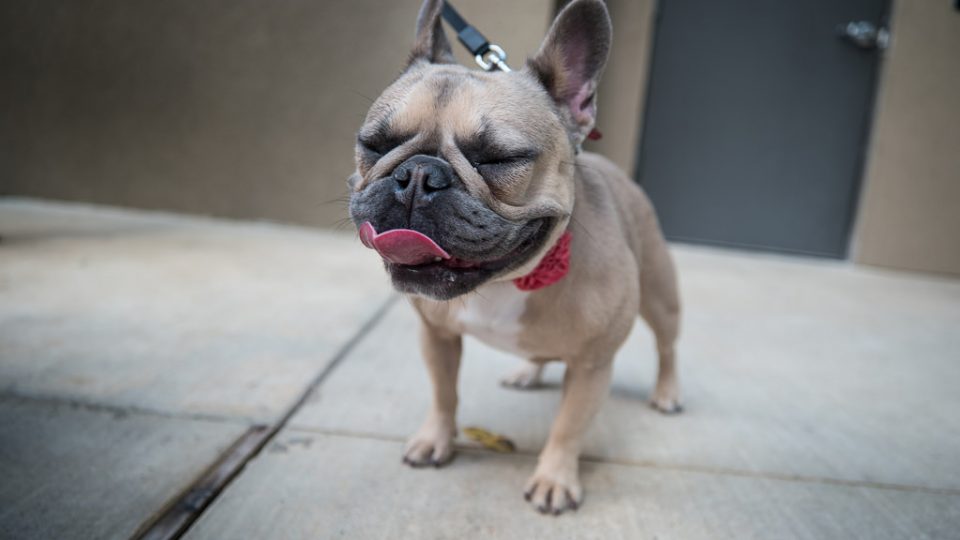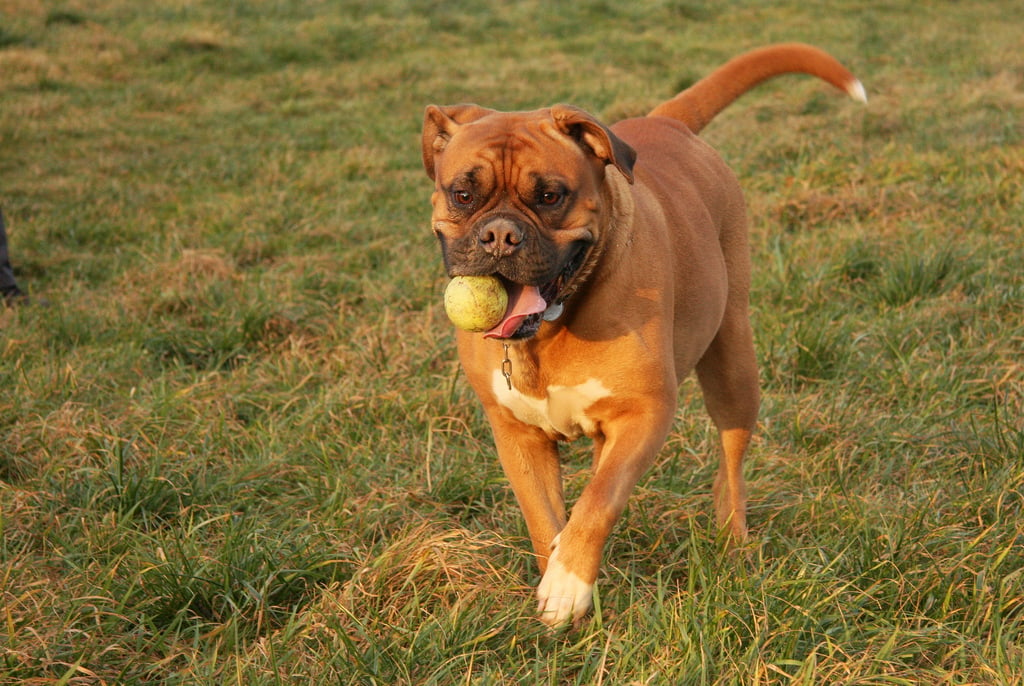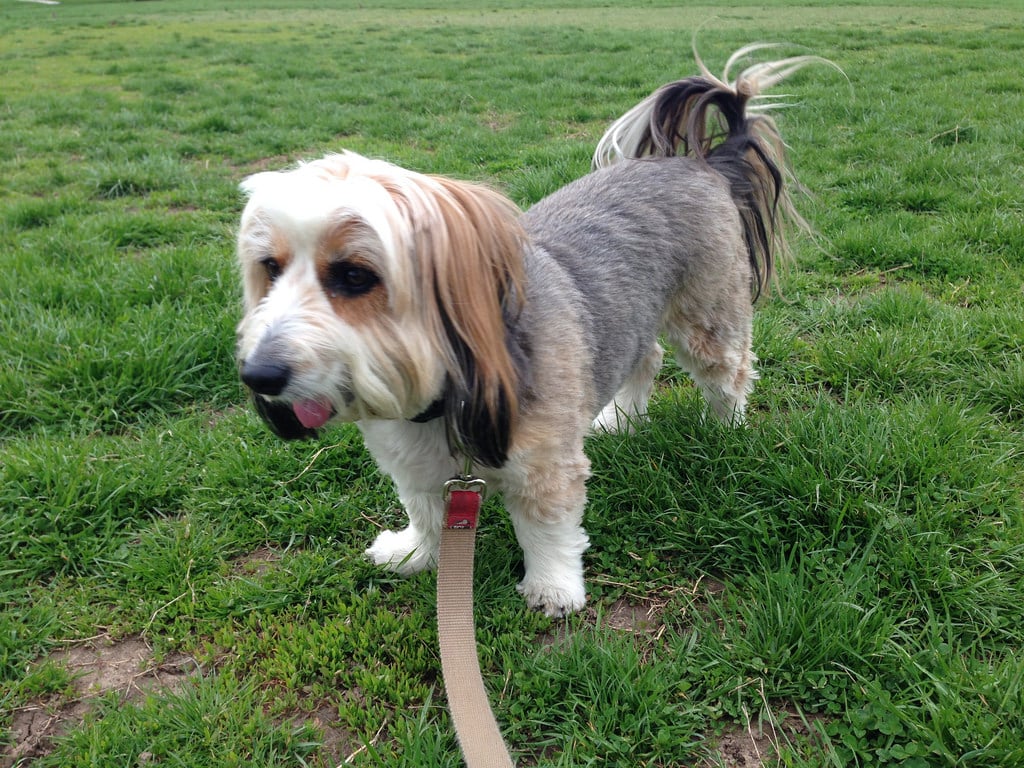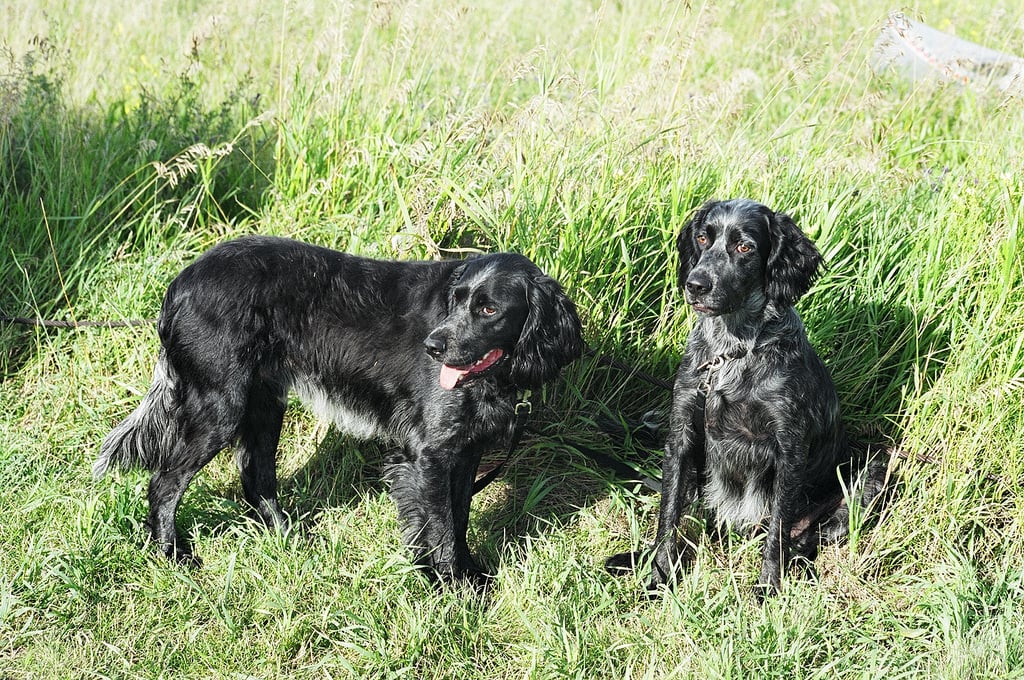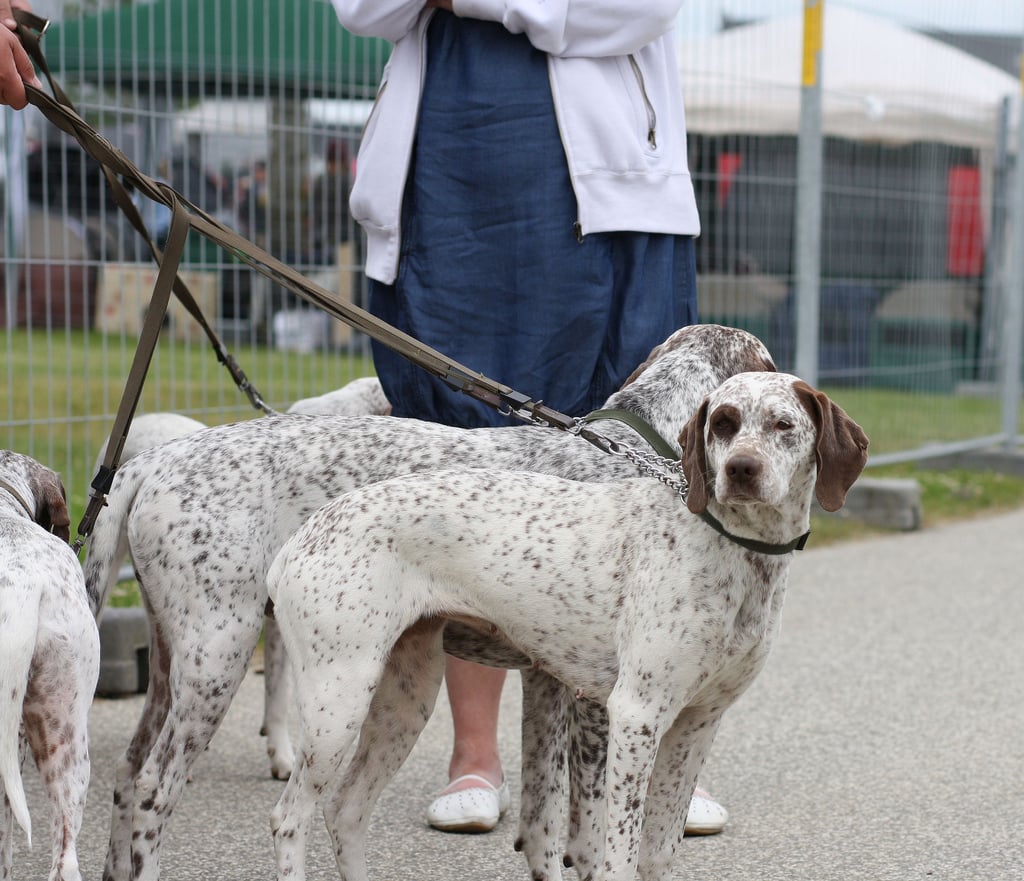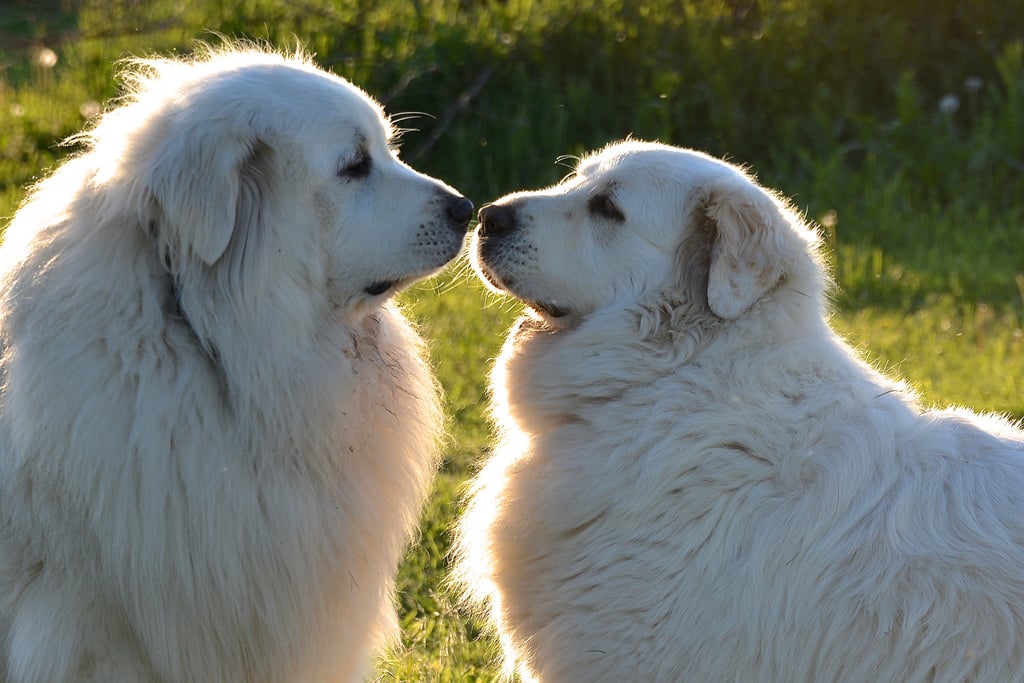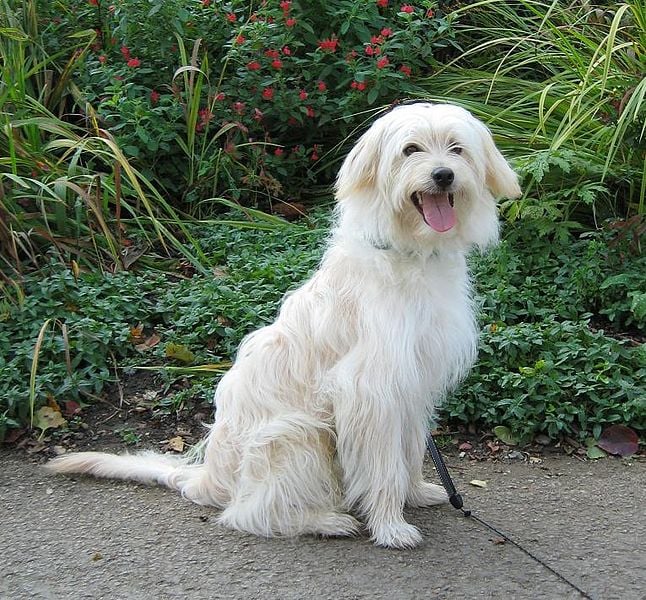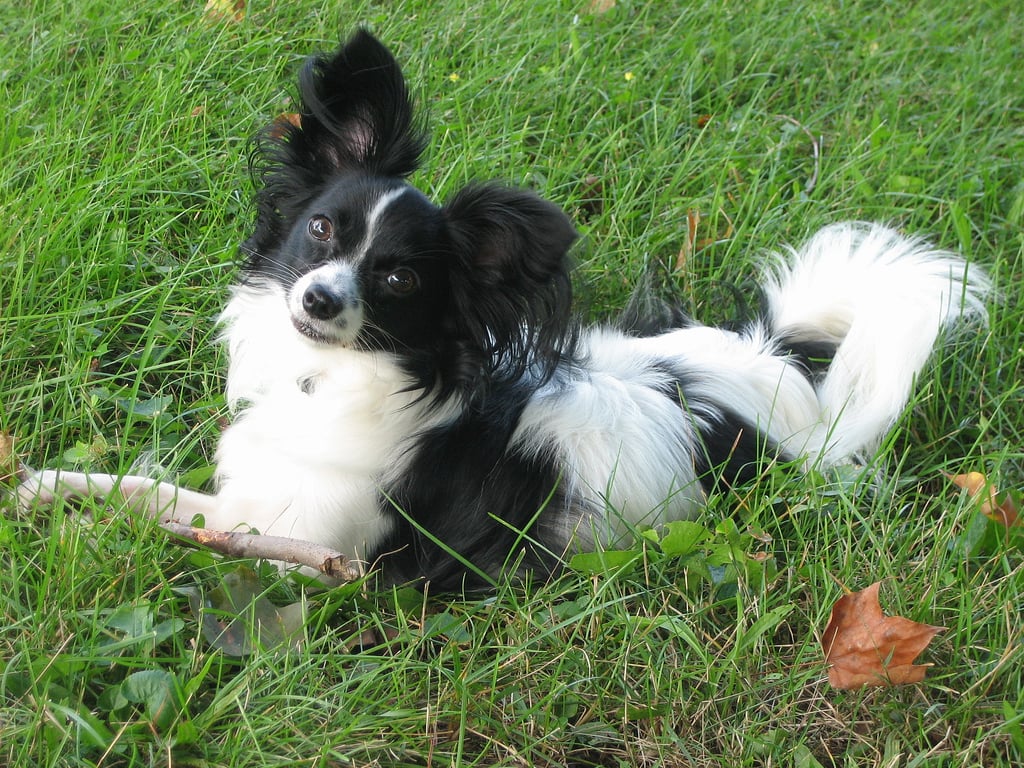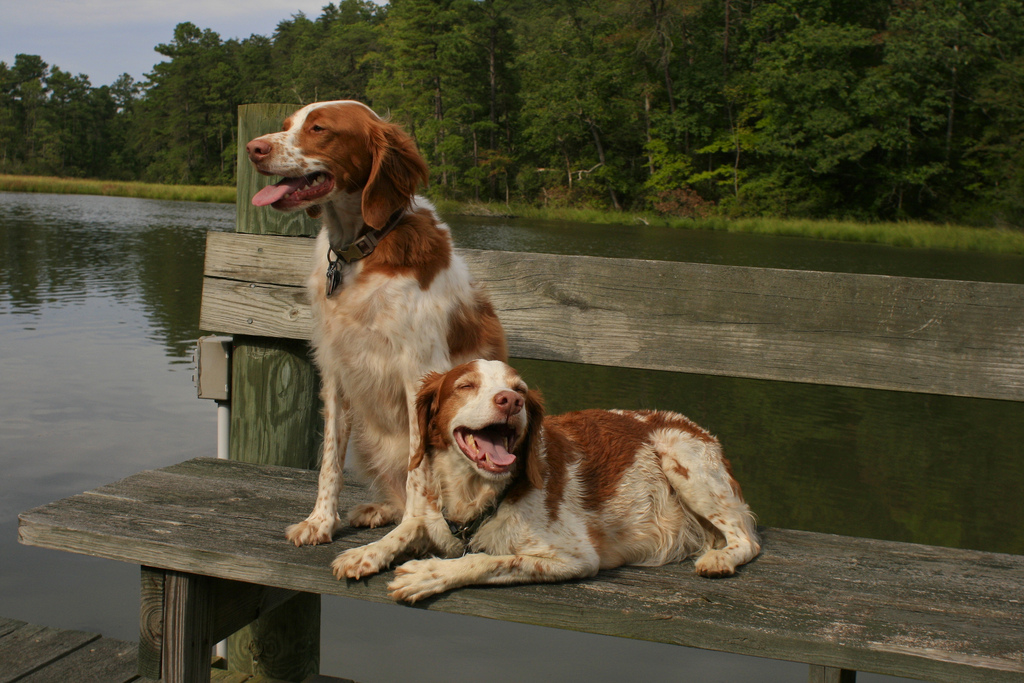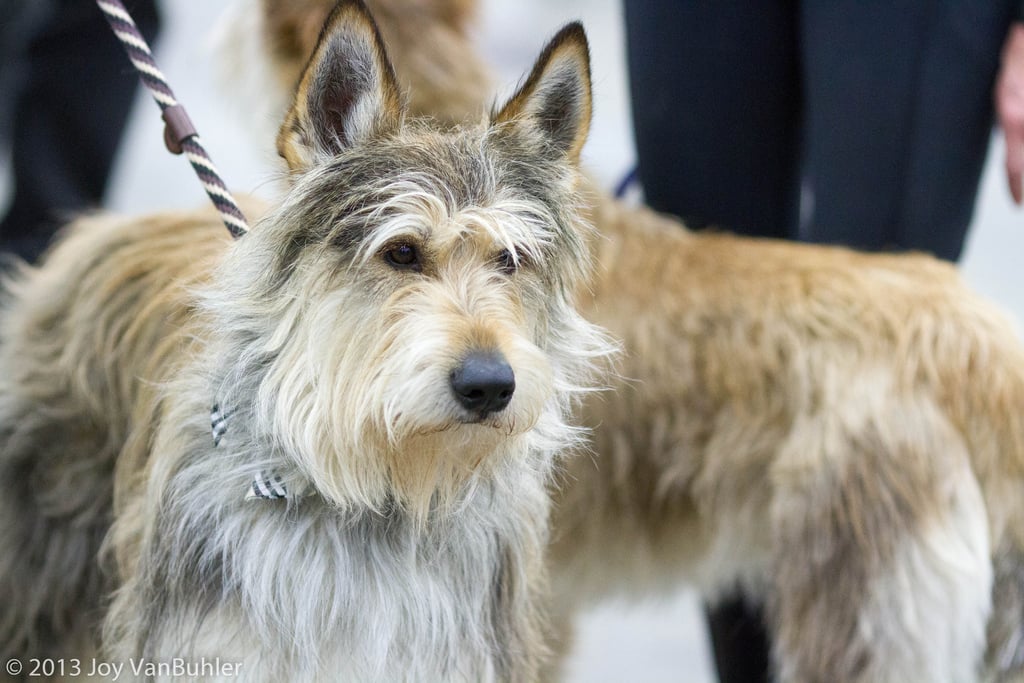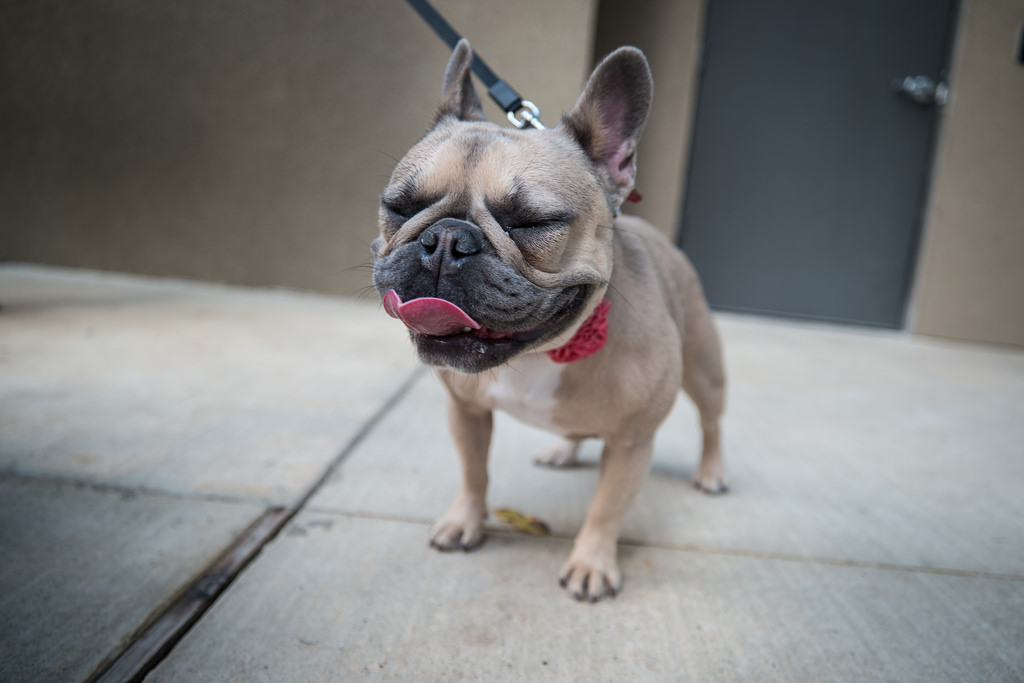Bonjour mes amis! Parlez-vous français? Don’t worry, I don’t speak French either, but I am well-versed in the international language of chiens (that’s French for dogs). Do you have a favourite French dog? If not, you probably will after checking out this list.
This Bastille Day, let’s celebrate France by appreciating some of its most adorable, lovable canine exports. From everybody’s favourite (the French bulldog) to breeds you’ve probably never heard of, these dogs with French origins are très magnifique. And if you had fun with this list, check out the smartest dog breeds, least affectionate dog breeds, and stinkiest breeds.
Dogue de Bourdeax
The Dogue de Bourdeax, or French mastiff, is one of the oldest and most revered French breeds, originating some time in the 14th century. These big lugs are known for their massive head and muscular build, as well as their deep loyalty and affection for their people. This French dog is familiar from the 1998 Tom Hanks classic Turner & Hooch, which stars a particularly slobbery Dogue de Bourdeax.
Petit Basset Griffon Vendéen
The English translation of this breed’s French name is a perfect description: “Petit- small; Basset- low to the ground; Griffon- rough or wire coated; and Vendéen- the area of France from which he originated.”
The PBGV, as it is often shortened to, is a squat but tough little scent hound originally bred to sniff out hares and other small game. PBGV’s are known for their confident, vivacious attitudes (hmm, perhaps it’s a Napoleon complex?) and make excellent pets, so long as you’re prepared to offer lots of exercise and entertainment.
Picardy Spaniel
The Blue Picardy spaniel is a newer spin on a French classic: the French spaniel, which originated in the Middle Ages but became especially popular popular after the French Revolution as commoners were allowed to keep hunting dogs. The Blue Picardy came about in the late 19th century as English setters intermingled with French spaniels, creating this medium-sized bird dog. Though fairly obscure outside of France and Canada, the Blue Picardy is known for being an excellent family dog in addition to a top-notch hunter.
Löwchen
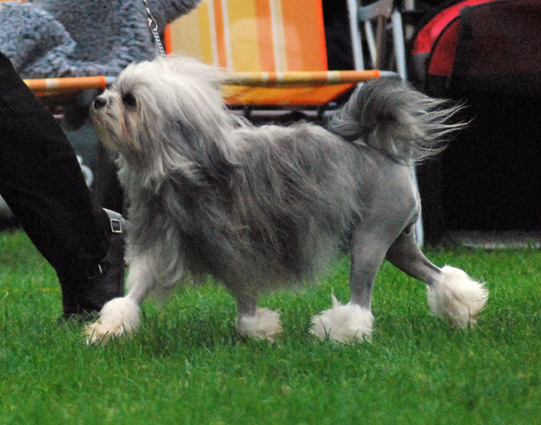
Source: WikiCommons
Löwchen means “little lion” in German, but it’s most likely a French dog. Many believe it came from the Mediterranean region of southern France. Le petit chien lion appears in literature and art as far back as the mid-15th century, and is legendary as a companion dog to European nobility. Its name comes from its traditional haircut. The close-cut hindquarters and full, natural mane give this small dog its king of the jungle swagger.
Braque du Bourbonnais
This intelligent gun dog is one of the most ancient pointer dogs in existence. It’s also not the only French dog to have nearly vanished, only to be brought back by dedicated breeders.
Like all French pointers, the Braque du Bourbonnais originated from the original French Pointer way back in the 1500s. After becoming nearly-extinct in the 1960s, the Braque de Bourbonnais was “recreated” in the 1970s.
All French pointers are named for the region in which they were developed; other examples include the Braque Saint Germain and the Braque d’Auvergne.
Porcelaine
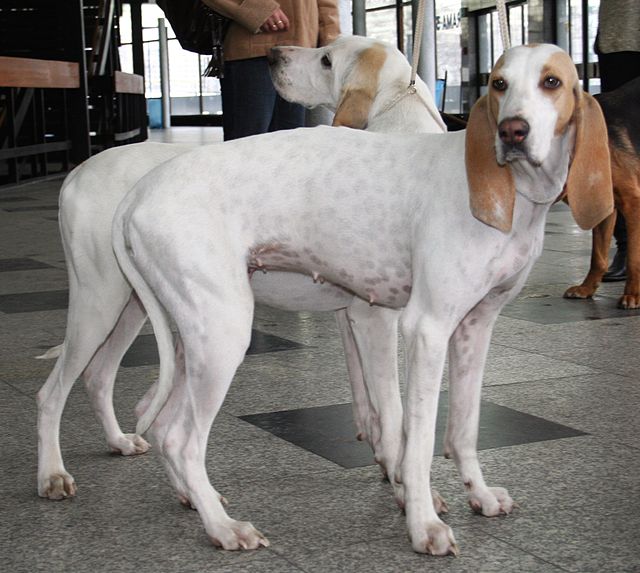
Source: WikiCommons
When you see the word “porcelaine” you probably think of fine china, but in this case, we’re talking about a rare, medium-sized scent hound with a shiny, white coat.
The Porcelaine is a French dog that originated in an eastern part of the country. It was especially popular in the 1700s as a hunting dog.
These days, Porcelaines are quite rare, and breed proponents are doing their best to help it regain popularity. Like its relative the French pointer, the Porcelaine disappeared after the French Revolution and has been “recreated” in recent decades.
Poodle
Mais oui, the French poodle seems like THE quintessentially French dog—except actually, it originated in Germany! The poodle was first bred in Germany as a water dog (“poodle” derives from the German word for “puddle”). The breed was standardised in France, though, where it became immensely popular. It’s now recognised as the country’s national breed.
Poodles are known for being smart, athletic, faithful family dogs. They also look good all dolled up in the French style.
Pyrenean Mountain Dog
The big, beautiful Pyrenean mountain dog started out as a humble livestock guard. It rose the ranks of French nobility and was designated an official court dog in the 1700s.
Louis XIV, Marie Antoinette, and Queen Victoria had Pyrenean mountain dog companions. As pets, they’re loyal, calm, and lovable. Just get ready to brush that thick, white coat!
Pyrenean Shepherd
The Pyrenean Shepherd, or Pyr Shep, is the French dog version of a canine workaholic. These high-energy, high-intelligence dogs have been around since medieval times. They’re one of the oldest and most beloved dogs in French history.
They worked alongside the bigger, statelier Great Pyrenees to take care of flocks of sheep. These days, pyr sheps still love to work, work, work, whether herding sheep or running agility courses.
Pyr sheps are fiercely loyal, but due to their incredible capacity for action and mischief, they’re not the best choice for first-time dog parents.
Briard
This is one French dog you may not recognise, though Napoleon himself is said to have owned a Briard. This ancient herding breed has a handsome, bearded face. Briards are known for their intense loyalty and protectiveness, and the French military used them as sentries and “pack dogs” throughout World War I. These days, Briards are popular family pets, but their high energy and intelligence mean they need lots of exercise and training to keep them happy.
Papillon
Papillon is the French word for butterfly, but don’t be fooled! Papillons are not delicate in spirit. Smart, athletic dogs, they need plenty of exercise. They’re also affectionate, loyal lap dogs who can live in a flat as easily as a house. As the AKC website puts it, “papillons are little dogs for all seasons and reasons.”
Barbet
If you’re thinking the Barbet looks an awful lot like an ungroomed poodle, you’re on the right track. This rare French dog, with its webbed feet and water-resistant coat, is thought to be the progenitor of the poodle and the Portuguese water dog.
The Barbet was favoured among French nobility. King Henry IV of France loved to go hunting with his pack. Despite their long history, the Barbet faced near-extinction following World War I. It has only started to make a comeback in Europe and the U.S. in recent years.
Brittany
The Brittany is another of France’s beloved hunting dogs. They were bred in the 17th and 18th century for bird hunting. Brittanys excel in the sport for which they were originally bred, but also make beautiful, obedient companions.
Their athletic nature requires lots of exercise!
Berger Picard
Berger (pronounced “bare ZHAY”) is the French word for shepherd, and Picard (“pee CARR”) is a region in northern France, which tells you all you need to know about this hardy, mountain herding breed.
Picardy shepherds, as they are sometimes called, is another ancient French dog that has become rare in modern times. These short-legged dogs with big personalities make great pets so long as you make sure they get plenty of exercise.
French Bulldog
What can we say about French bulldogs, aka Frenchies? They’re incredibly cute, incredibly funny, and incredibly popular in the UK.
These short, smush-faced cuties were bred in the 1800’s as a cross between English bulldogs and smaller terriers. With plenty of love, training, and treats, Frenchies make great snuggle buds.
Let’s Have a French Dog Party
This Bastille Day, take a moment to celebrate your favourite French dog while you’re eating all that cheese and drinking French wine. (No shame.) Because these uniquely French dogs are some of the coolest chiens around. And if you have to be away from your little friend for whatever reason, you can always find a loving dog sitter on Rover.com.
Top image via blogspot/faymefrenchbulldogs
